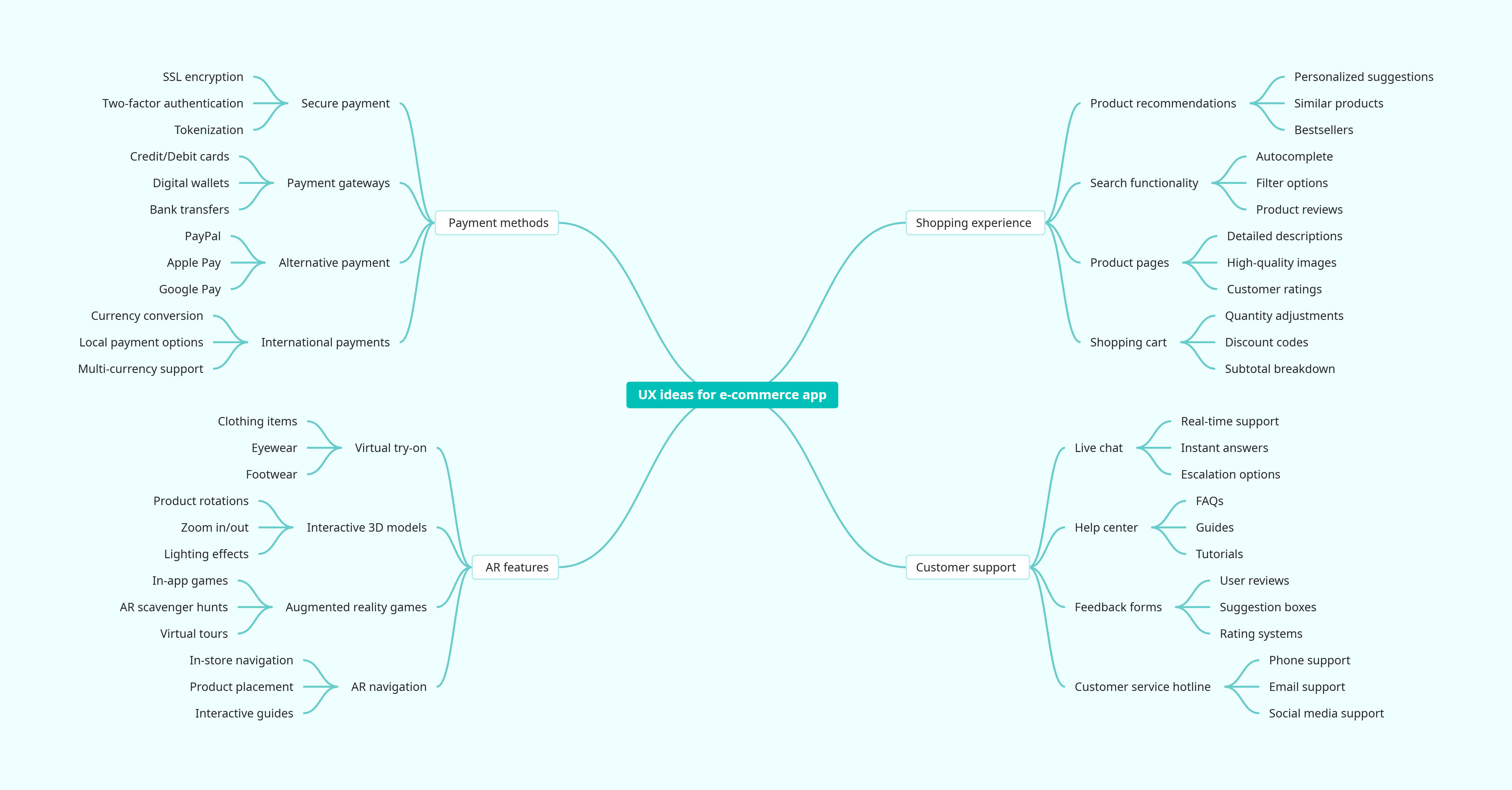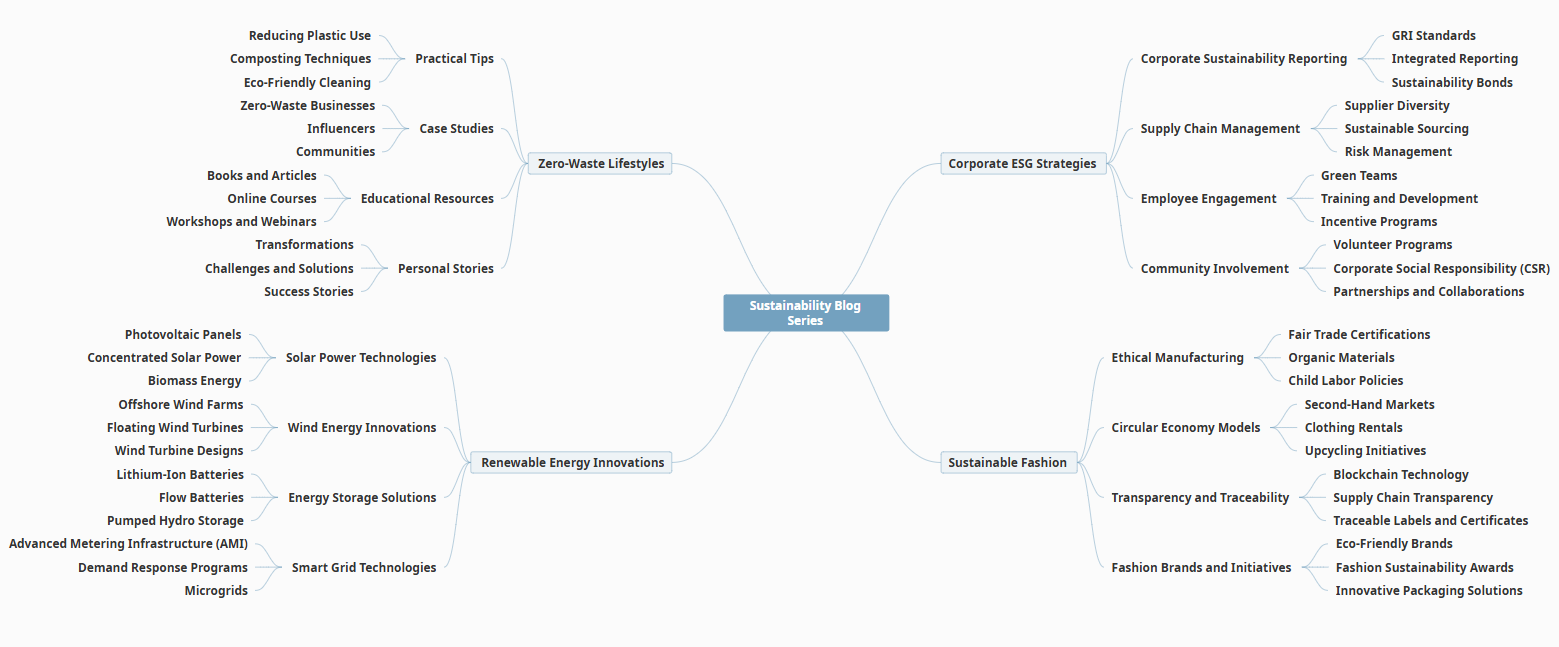In a world where complexity demands clarity, AI mind map generators are emerging as essential tools for merging creativity with structure. These solutions transform abstract ideas into visual, actionable frameworks—no design expertise required. Whether you’re a student, entrepreneur, or project manager, here’s how AI mind mapping can elevate your problem-solving game in 2024.
5 Practical Applications of AI Mind Maps
1. Brainstorming Sessions: Fuel Innovation in Seconds
Stuck on generating UX ideas for an online shopping app? Input a prompt like “Enhance mobile checkout experience” into an AI mind map generator, and watch it suggest branches for one-click payments, guest user options, and AR product previews. This approach turns vague concepts into a roadmap for developers and designers.

2. Study and Note-Taking: Visualize Complex Concepts
Students can convert dense lecture notes into digestible diagrams. For example, a biology student might input “Photosynthesis stages” to receive a color-coded map breaking down light reactions, Calvin cycles, and ATP synthesis. Tools like Visual Paradigm’s AI Mind Map Generator even auto-link related subtopics for deeper understanding.

3. Workflow Optimization: Simplify Complex Processes
Businesses use AI mind maps to untangle workflows like supply chain management. A prompt like “Streamline inventory tracking” could yield branches for IoT sensors, vendor communication protocols, and demand forecasting. This visual approach helps teams identify bottlenecks and align priorities.

4. Content Planning: Craft Engaging Narratives
Bloggers and marketers leverage AI to outline campaigns. Input “Plan a sustainability blog series”, and the tool generates topics like “zero-waste lifestyles,” “corporate ESG strategies,” and “renewable energy innovations.” Export these customizable mind maps directly into your project management software.

5. Team Collaboration: Unify Distributed Teams
Remote teams collaborate on shared AI mind maps, editing branches and adding comments asynchronously. For instance, a global team planning a product launch can use a tool like Visual Paradigm to assign tasks, track progress, and merge ideas into a cohesive strategy—all within a single workspace.

Step-by-Step Guide to Maximizing AI Tools
- Input a Topic: Start with a broad prompt (e.g., “SWOT analysis for a coffee shop”).
- Let AI Generate: The tool auto-populates branches with strengths, weaknesses, opportunities, and threats.
- Customize: Rearrange nodes, add icons, or tweak colors using the Smart Organization feature.
- Export/Share: Download watermark-free maps or invite stakeholders via email.
FAQs: Addressing Key Questions
Q: How does AI generate mind maps?
A: Using natural language processing (NLP), the tool analyzes your input, identifies themes, and structures them hierarchically.
Q: Can I customize the output?
A: Absolutely! Edit text, adjust layouts, or embed media to align with your goals.
AI mind map generators democratize creative problem-solving, making advanced visualization accessible to everyone—not just designers. Ready to transform chaos into clarity? Start your free trial today and experience the power of structured creativity.

